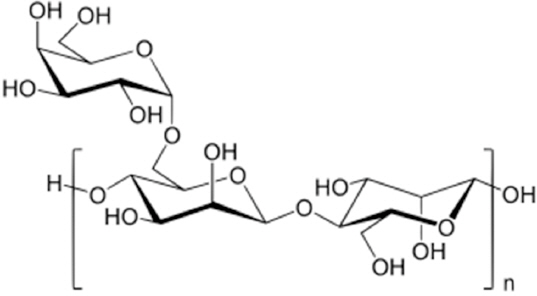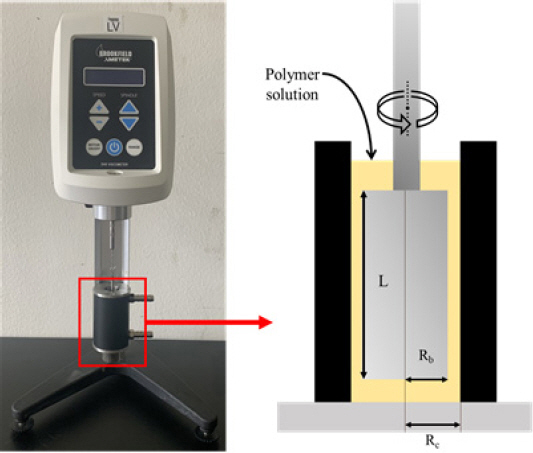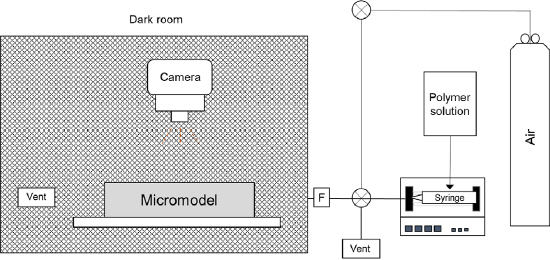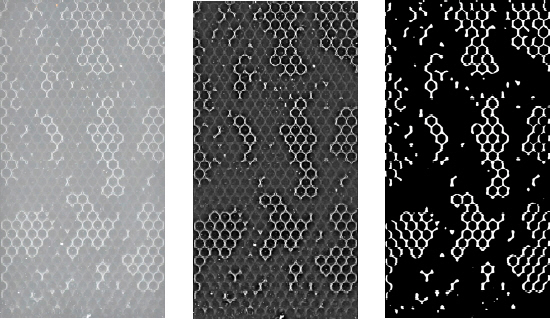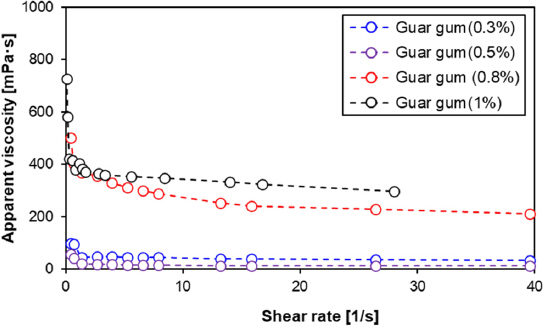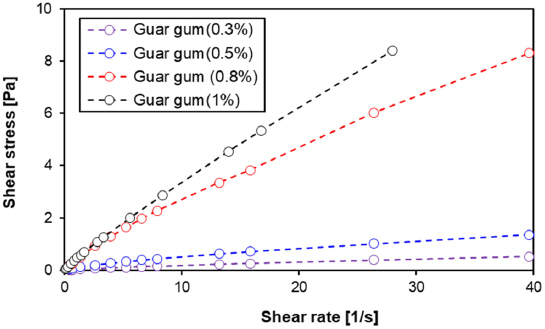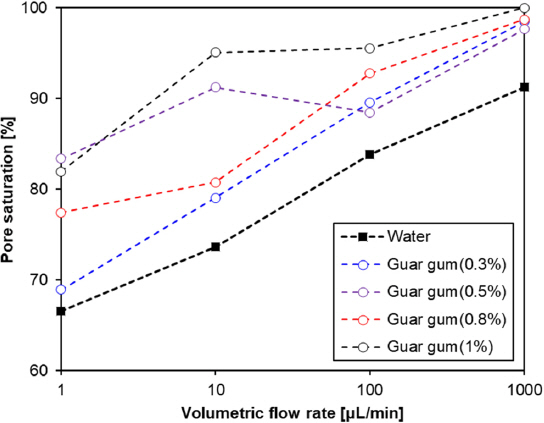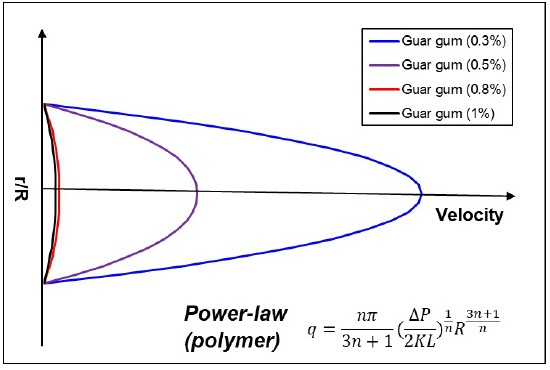1. Acharya, R, Pedarla, A, Bheemasetti, T.V, and Puppala, A.J (2017) Assessment of guar gum biopolymer treatment toward mitigation of desiccation cracking on slopes built with expansive soils.
Transportation Research Record:Journal of the Transportation Research Board, Vol. 2657, pp. 78-88.

2. Ayeldeen, M.K, Negm, A.M, and El-Sawwaf, M.A (2016) Evaluating the physical characteristics of biopolymer/soil mixtures.
Arabian Journal of Geosciences, Vol. 9, No. 5, pp. 1-13.


3. Bouazza, A, Gates, W.P, and Ranjith, P.G (2009) Hydraulic conductivity of biopolymer-treated silty sand.
Geotechnique, Vol. 59, No. 1, pp. 71-72.

4. Bruce, D.A (2012) Specialty construction techniques for dam and levee remediation.
CRC press.

5. Cao, S, Bate, B, Hu, J, and Jung, J (2016) Engineering behavior and characteristics of water-soluble polymers:Implication on soil remediation and enhanced oil recovery.
Sustainability, Vol. 8, No. 3, pp. 205.

6. Chang, I, and Cho, G.-C (2018) Cementless soil stabiliazer- biopolymer.
The 2018 World Congress on Advances in Civil, Enviromental, &Materials Research (ACEM18), Songdo Convensia, Incheon, Korea.

7. Chang, I, Im, J, Prasidhi, A.K, and Cho, G.-C (2015) Effects of xanthan gum biopolymer on soil strengthening.
Construction and Building Materials, Vol. 74, No. 15, pp. 65-72.

8. Chang, I, Prasidhi, A.K, Im, J, and Cho, G.-C (2015) Soil strengthening using thermo-gelation biopolymers.
Construction and Building Materials, Vol. 77, No. 15, pp. 430-438.

9. Fatehi, H, Abtahi, S.M, Hashemolhosseini, H, and Hejazi, S.M (2018) A novel study on using protein based biopolymers in soil strengthening.
Construction and Building Materials, Vol. 167, No. 10, pp. 813-821.

10. Ham, S.-M, Chang, I, Noh, D.H, Kwon, T, and Muhunthan, B (2018) Improvement of surface erosion resistance of sand by microbial biopolymer formation.
Journal of Geotechnical and Geoenvironmental Engineering, Vol. 144, No. 7, pp. 06018004.

11. Hwang, S.-P, Yoo, W.-P, and Kim, C.-Y (2018) Experimental study on characteristics of penetration into microcrack depending on viscosity.
International Journal of Structural and Civil Engineering Research, Vol. 7, No. 3, pp. 227-232.


12. Idriss, I.M, and Boulanger, R.W (2008) Soil liquefaction during earthquakes.
Earthquake Engineering Research Institute.

13. Jang, J, Lee, J, and Jung, J (2017) Characterization of agar for soil remediation.
Journal of Korean Society of Hazard Mitigation, Vol. 17, No. 6, pp. 351-358.

14. Jeoung, J.-H, Hwang, S.-P, Lee, J.-H, and Lee, T.-H (2016) The study on evaluation of injection performance in micro crack depending on viscosity of grouting material.
Korean Society of Hazard Mitigation, Vol. 16, No. 5, pp. 239-245.

15. Jung, J, Cao, S, and Ahn, J (2014) Characteristerization of biopolymer solution used for soil remediation and petroleum production.
Journal of Korean Society of Hazard Mitigation, Vol. 14, No. 5, pp. 109-114.


16. Jung, J, Jang, J, and Ahn, J (2016) Characterization of a polyacrylamide solution used for remediation of petroleum contaminated soils.
Materials (Basel), Vol. 9, No. 1, pp. 16.



17. Kim, J.S (2010) Behavioral characteristics of cement-based permeation grouting.
Ph.D. dissertation, Korea University, Seoul, Republic of Korea.

18. Ko, D, and Kang, J (2020) Biopolymer-reinforced levee for breach development retardation and enhanced erosion control.
Water, Vol. 12, No. 4, pp. 1070.

19. Lee, S, Chang, I, Chung, M.-K, Kim, Y, and Kee, J (2017) Geotechnical shear behavior of xanthan gum biopolymer treated sand from direct shear testing.
Geomechanics and Engineering, Vol. 12, No. 5, pp. 831-847.

20. Lenormand, R, and Zarcone, C (1989) Capillary fingering Percolation and fractal dimension.
Transport in Porous Media, Vol. 4, pp. 599-612.


21. Mudgil, D, Barak, S, and Khatkar, B.S (2014) Guar gum:Processing, properties and food applications-a review.
Journal of Food Science and Technology, Vol. 51, No. 3, pp. 409-418.



22. Park, D, and Lim, H.-D (2016) Stabilization of dam embankment by low pressure permeation grouting.
Korean Society of Hazard Mitigation, Vol. 16, No. 6, pp. 325-338.

23. Puppala, A.J, and Pedarla, A (2017) Innovative ground improvement techniques for expansive soils.
Innovative Infrastructure Solutions, Vol. 2, pp. 24.


24. Seo, S, Jin, S, Chang, I, and Chung, M (2019) The analysis of effect of biopolymer treated soils in seed spray method in the river embankment.
Ecology and Resilient Infrastructure, Vol. 6, No. 4, pp. 304-313.

25. Sochi, T (2007) Pore-Scale modeling of Non-Newtonian flow in porous media.
Ph.D. dissertation, Imperial College London, London, England.





